Until now, to discover the mexican prehispanic vestiges, we had to go to one of the 200 archeological sites that can be visited – of which more than 54,000 counted by the National Institute of Anthropology and History (INAH)– and throw a lot of imagination into it. Let us remember, for example, that the megalopolis of Mexico City sits on what is known as Main temple, an important religious center of ancient Tenochtitlan.
But thanks to the meticulous work of the ADV virtual architecture studio we can walk the streets, climb the pyramids or navigate (virtually) several archaeological zones and pre-Hispanic cities of Mexico.
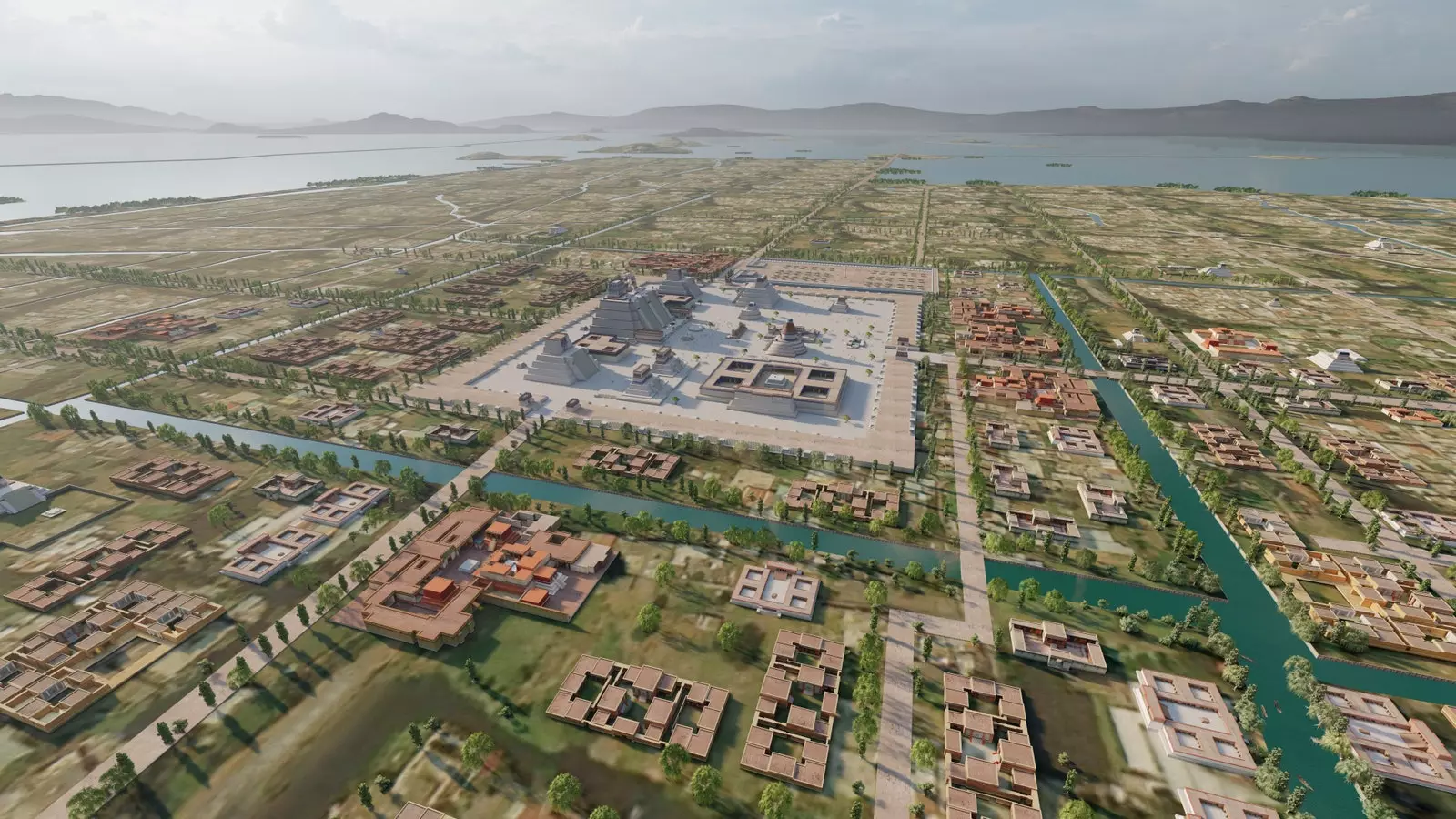
View towards the south of Tenochtitlan.
The architect Santiago Ferreyra has been in charge – together with his team – of return the majesty to these constructions, that in many cases they only allow us to intuit their forms and structure from remains scattered on the ground.
“Starting in 2002, we assumed a commitment to the creation of digital and multimedia material focused on preservation and promotion of our pre-Hispanic past, specializing in the creation of virtual reconstructions of various archaeological sites of the various regions that comprise the Mexican territory, as well as Central America and North America”, explains the founder of the study, which has recently begun to also carry out work on the ancient cultures of South America, more specifically of the Inca culture.
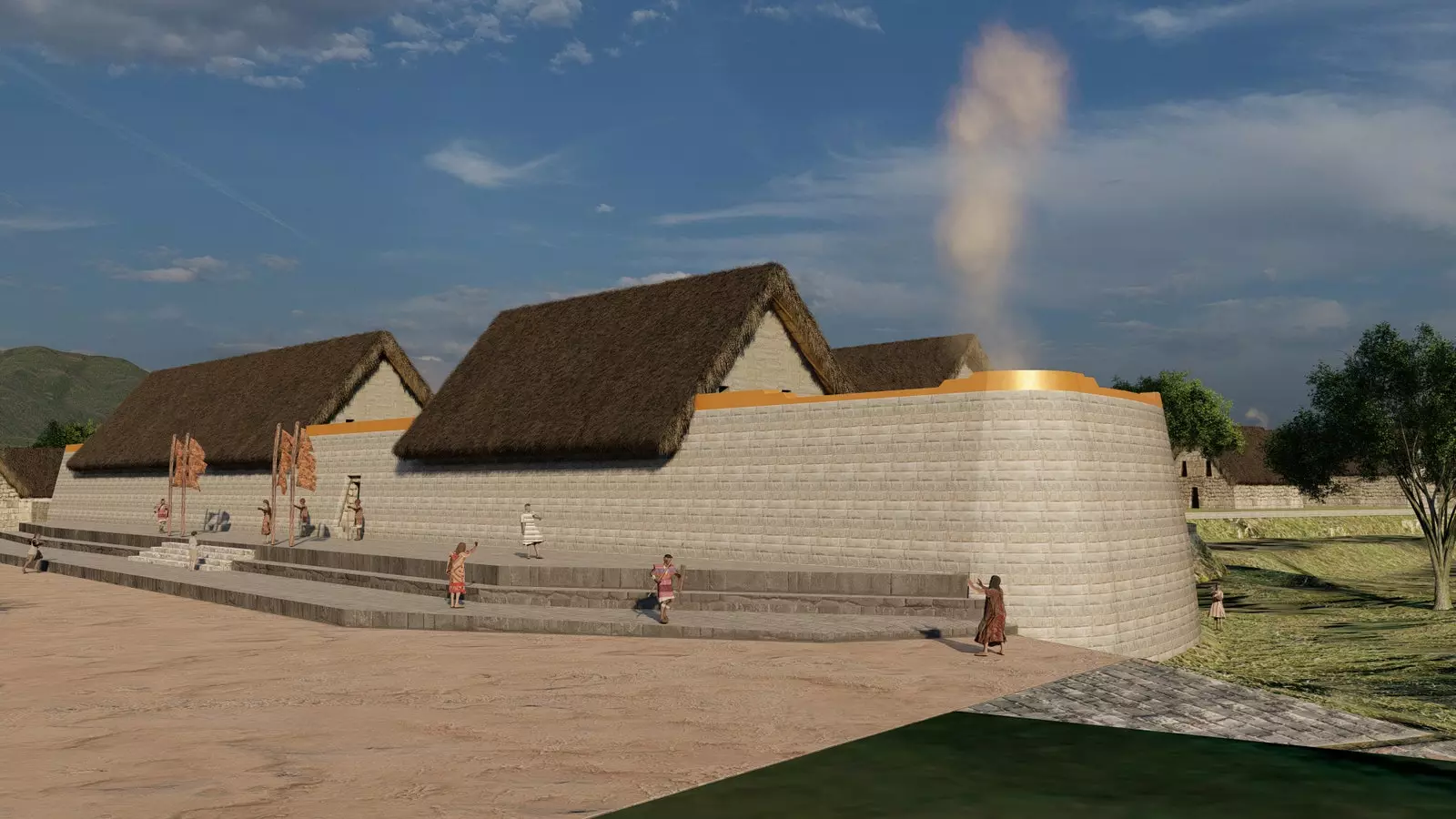
Coricancha, Inca temple in present-day Cuzco.
DIGITAL AND DOCUMENTED WORK
Experts in the use of various 3D modeling and architectural modeling software, in the ADV studio he has specialized in virtual archaeology: “A process through which, by digital means, it is possible to carry out the reconstruction – whether hypothetical or wholly faithful – of a historic building or settlement”. details Santiago Ferreyra.
In this way, they can offer researchers and lovers of history a large number of tools and various digital materials with which to illustrate and make the publications of their recent works more attractive and didactic, which in turn allows their ideas to reach the general public intact and enhanced. For specialists, you can even make your research easier to understand.
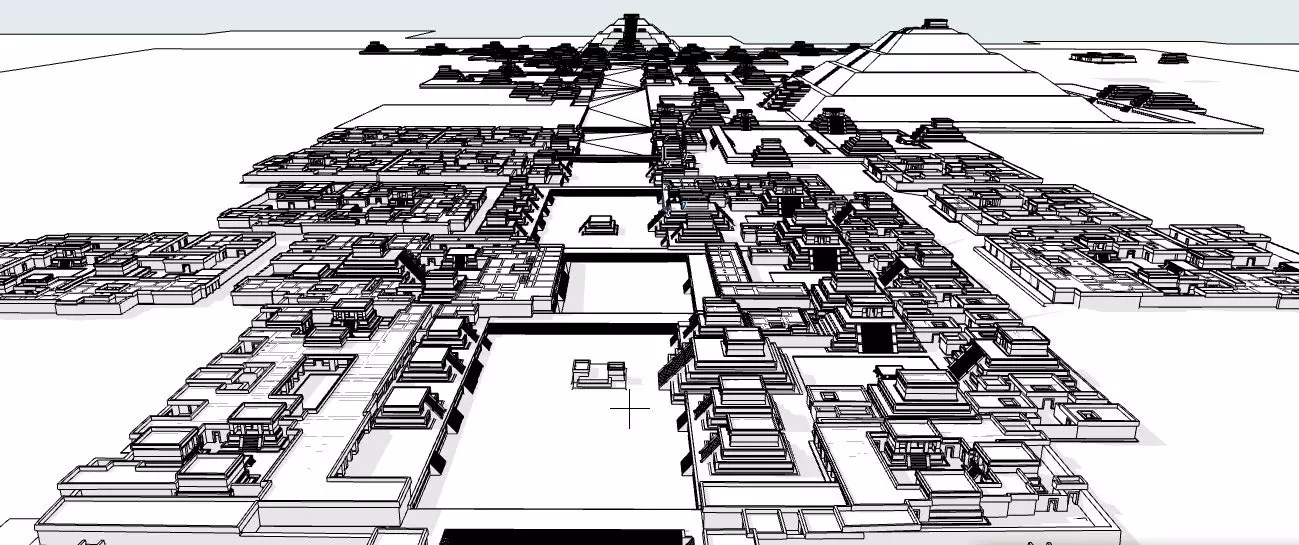
Teotihuacan virtual tour.
Generally, the information used for documentation comes from the investigations of field archaeologists and specialized publications. They also take data from the chronicles made at the time, something essential since many times there are no archaeological data for certain parts of the buildings due to its state of preservation.
Analyzing the historical sources it is possible to get an idea of what they looked like and that, together with knowing what kind of construction techniques were used in those periods, makes it very feasible to recreate a proposal that can perfectly fulfill its purpose, that of show what could be seen in his time”, expresses the architect, who adds that, over time, it could even present an academic value as a basis for future research.
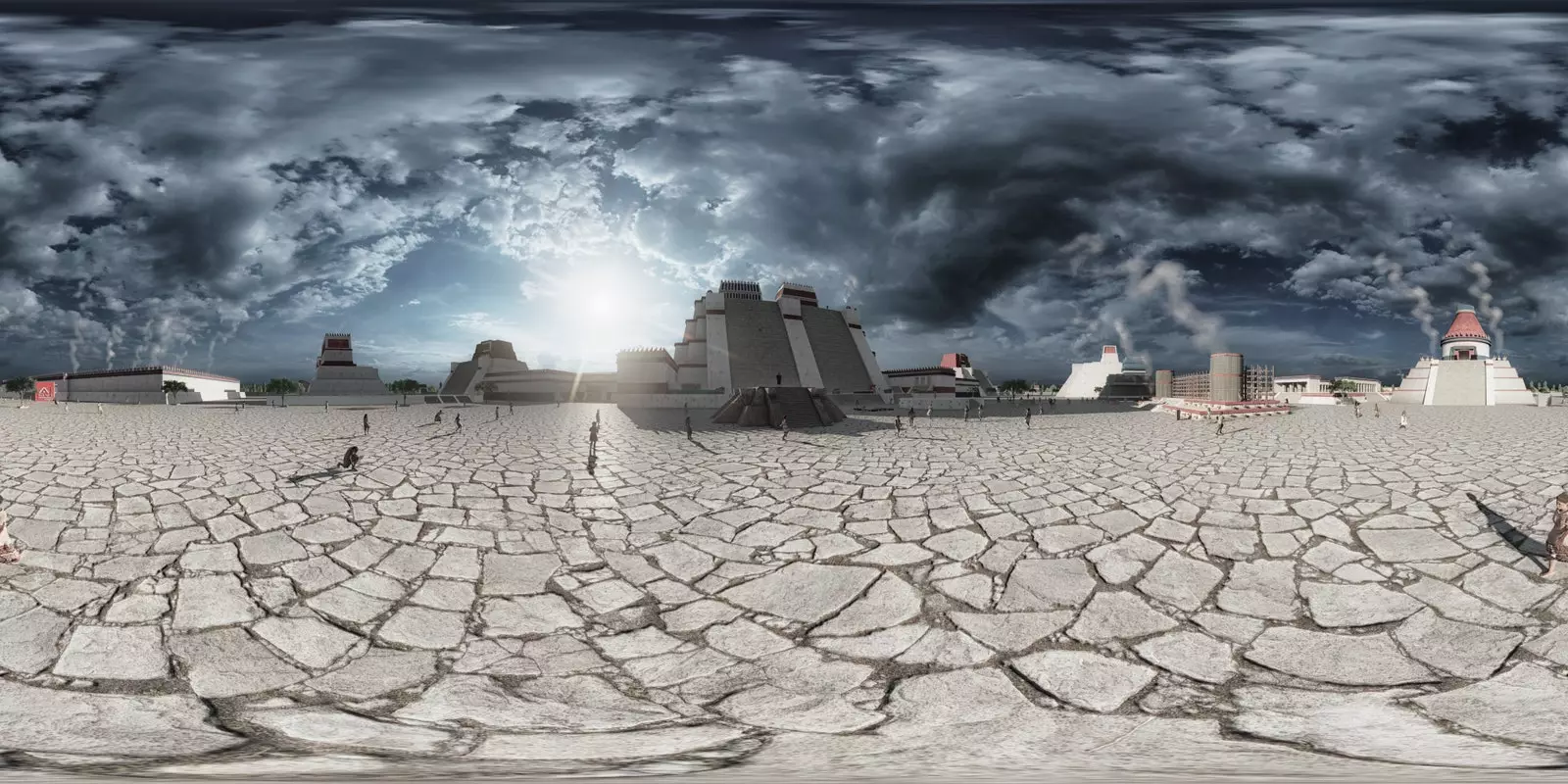
Panoramic view of Tenochtitlan.
THE COLOR
Among all the projects carried out in the areas of the central and western highlands of ancient Mesoamerica, they are the reconstructions of ancient Mexico-Tenochtitlan, Teotihuacan and Tzintzuntzan that they are most proud of. A meticulous work in which we can discover unique details, such as the use of color in pre-Hispanic cultures.
“For pre-Hispanic cultures color has always been important at every stage of life development, so much so that they had colors associated with each deity, as we do in current religions. Mural painting was very common in the interiors of buildings, as we see in the ancient city of Teotihuacán, where elaborate murals have been found and not only in public buildings, but also in housing units where domestic architecture was full of color and elaborate designs”, reveals the director of ADV Virtual Archeology Studio.
Something similar occurs with pre-Hispanic sculpture, continues the expert, who reports that Currently there are very few pieces that retain their original colors, being generally the sculptures of relatively small size in which You can still see the color. "Also the sculptures of the great monoliths had color and It has been verified with the studies carried out by the National Institute of Anthropology and History, that have served to detect the traces of the ancient pigments that covered the pieces”.
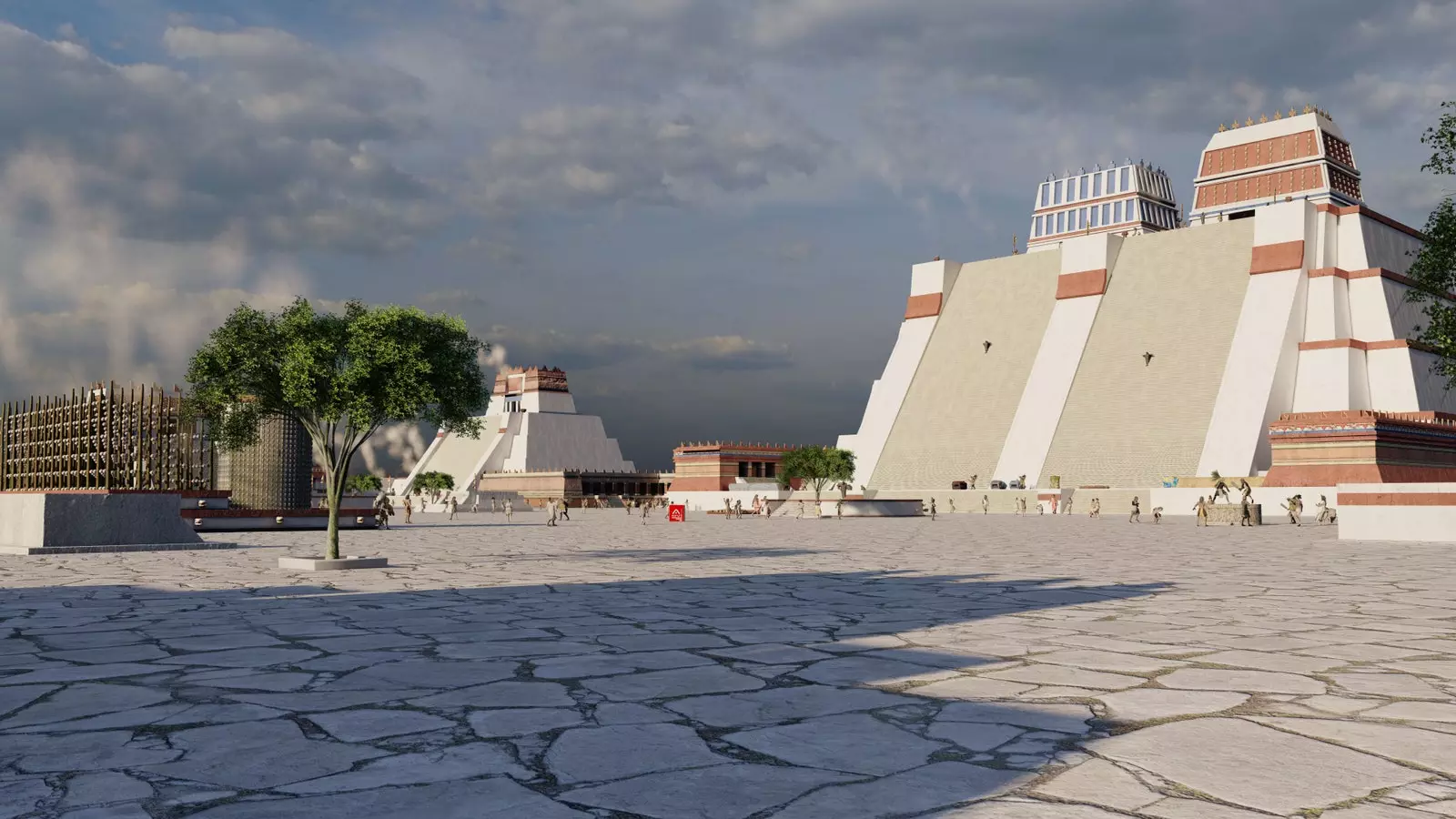
Templo Mayor and Tzompantli, in Tenochtitlan.
MEXICO-TENOCHTITLAN AND MEXICO-TLATELOLCO
This particular project of the studio, in which more than eight years of work and research were invested, concluded at the end of December 2021, within the framework of the commemoration of the 500 years of the fall of these two emblematic twin cities -center of power of the Mexica culture-, which began the colonial period under the rule of the Spanish crown.
The architect tells us that in order to achieve it, he worked on the basis of the data obtained from the chronicles left by characters who experienced historical events first-hand, such as Hernan Cortes and Bernal Diaz del Castillo, as well as various native chroniclers. Also relied on codices and illustrations made after the fall of the Mexica empire.
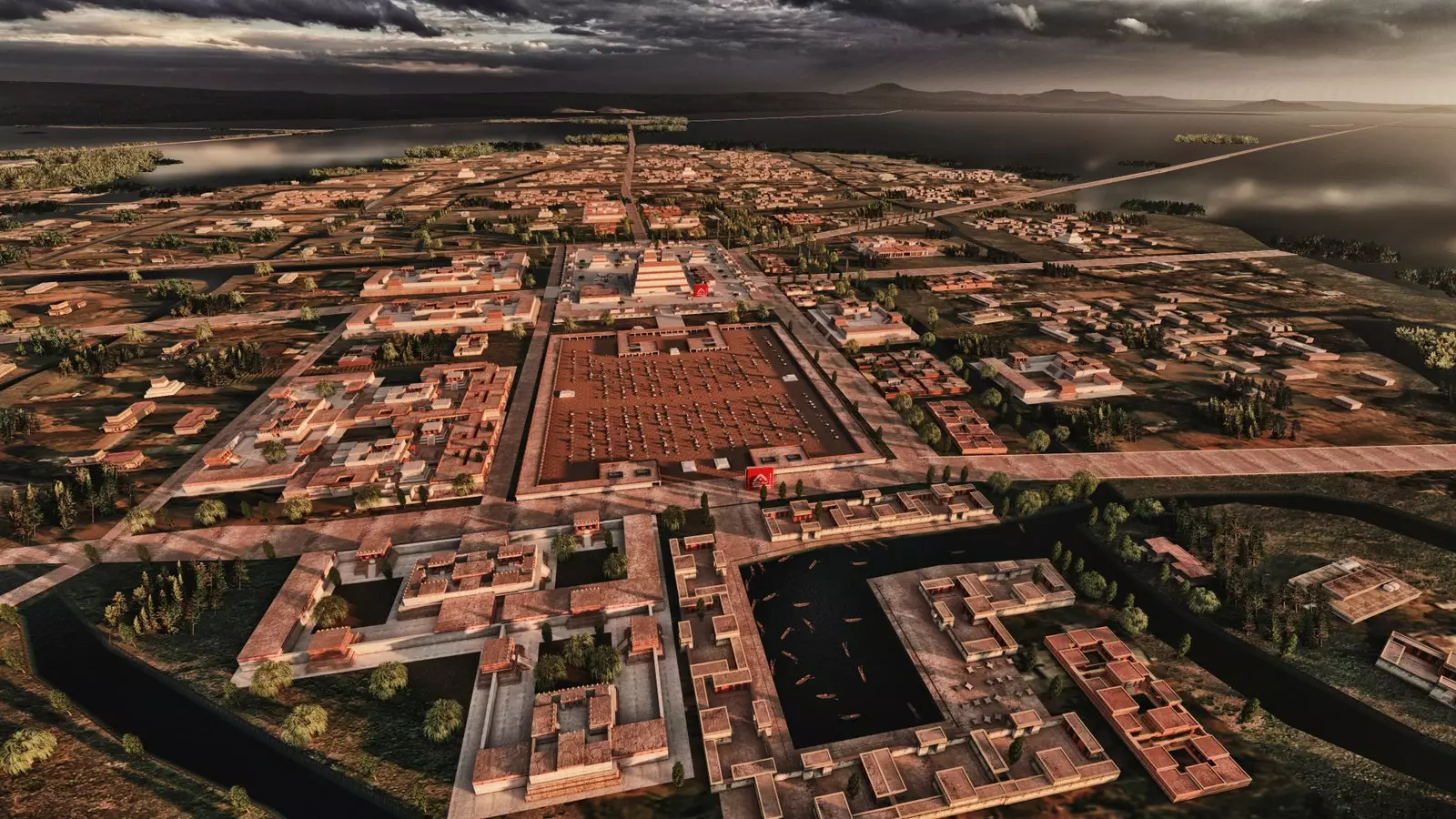
Mexico-Tlatelolco.
“We intend to represent in the most reliable way and attached to what could actually be, in all its splendor, the great capital that so impressed the European conquerors upon its arrival in the lake basin of the central Mexican highlands around 1519”, says Ferreyra, since the main objective was not only to recreate the famous and beautiful ceremonial precinct of Tenochtitlán, but the entire island and city together with its surroundings. "Thus the viewer can get an idea of the magnificence and greatness that he was able to transmit this city practically founded within the lake”.
THE ANCIENT TEOTIHUACAN
This is the most recent work of the study, which aims to carry out the total reconstruction of the great city, but due to its complexity and size, as the architect confesses, the process is being slower: "To date we have completed several buildings and work is being done on the complexes of the so-called Causeway of the dead, which is the main axis of this project, but there is still a lot of research and modeling work to be done.”
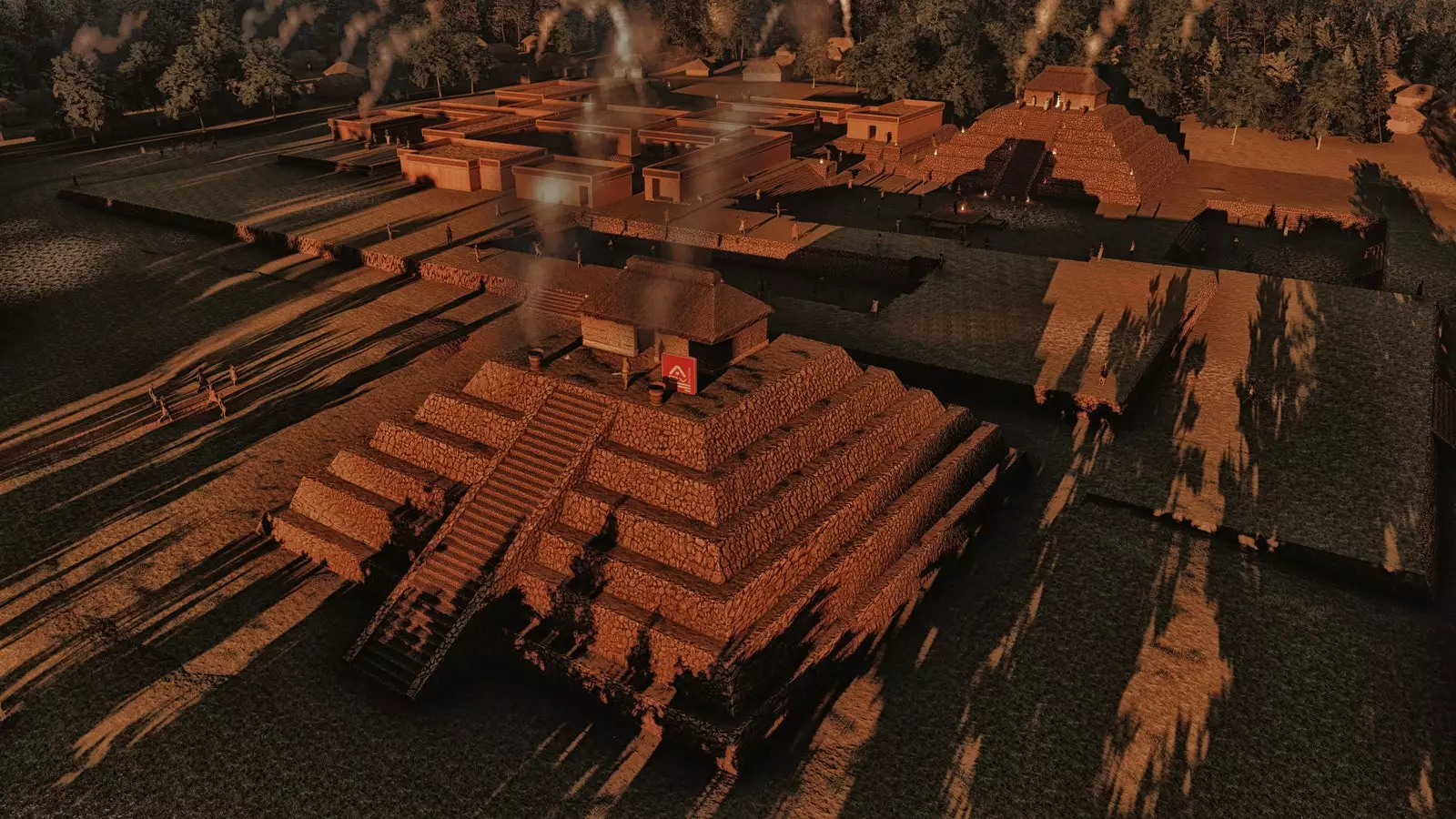
Tingambato.
ARCHAEOLOGICAL AREA OF TINGAMBATO, MICHOACAN
This project, carried out in conjunction with personnel from the National Institute of Anthropology and History (INAH), virtually reconstructed the entire area explored to date, managing to digitally recreate the site, both in its current state and in what it could have been, that is, its appearance during the period of greatest apogee between the years 550 to 850 AD.
“Our work allowed archaeologists to create a more concrete idea of how the site was architecturally structured, with which it is possible to carry out more specific surveys to carry out future exploration seasons”, continues the founder of the ADV study.
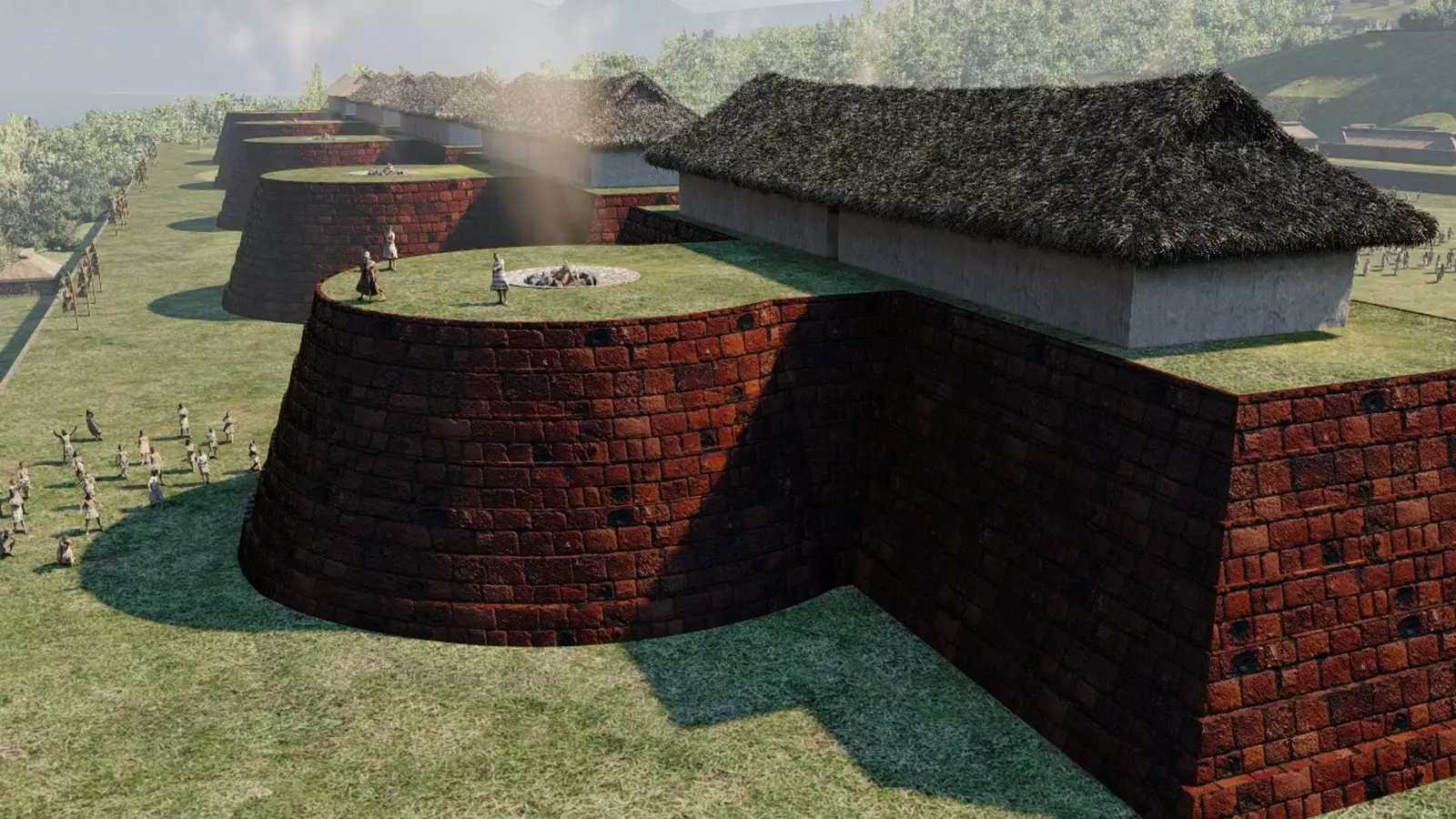
Yacatas from Tzintzuntzan.
CEREMONIAL CENTER OF TZINTZUNTZAN
Santiago Ferreyra tells that this important archaeological site, located in the state of Michoacán, was the capital of the Señorío Tarasco, which rivaled militarily with the Mexica empire during the boom period of the latter, giving rise to a large number of battles in which the border between these two great cultures fluctuated, but without establishing a total domain of one or the other part. This is why the Tarascos managed to stop the expansionism that the Mexicas wanted to maintain.
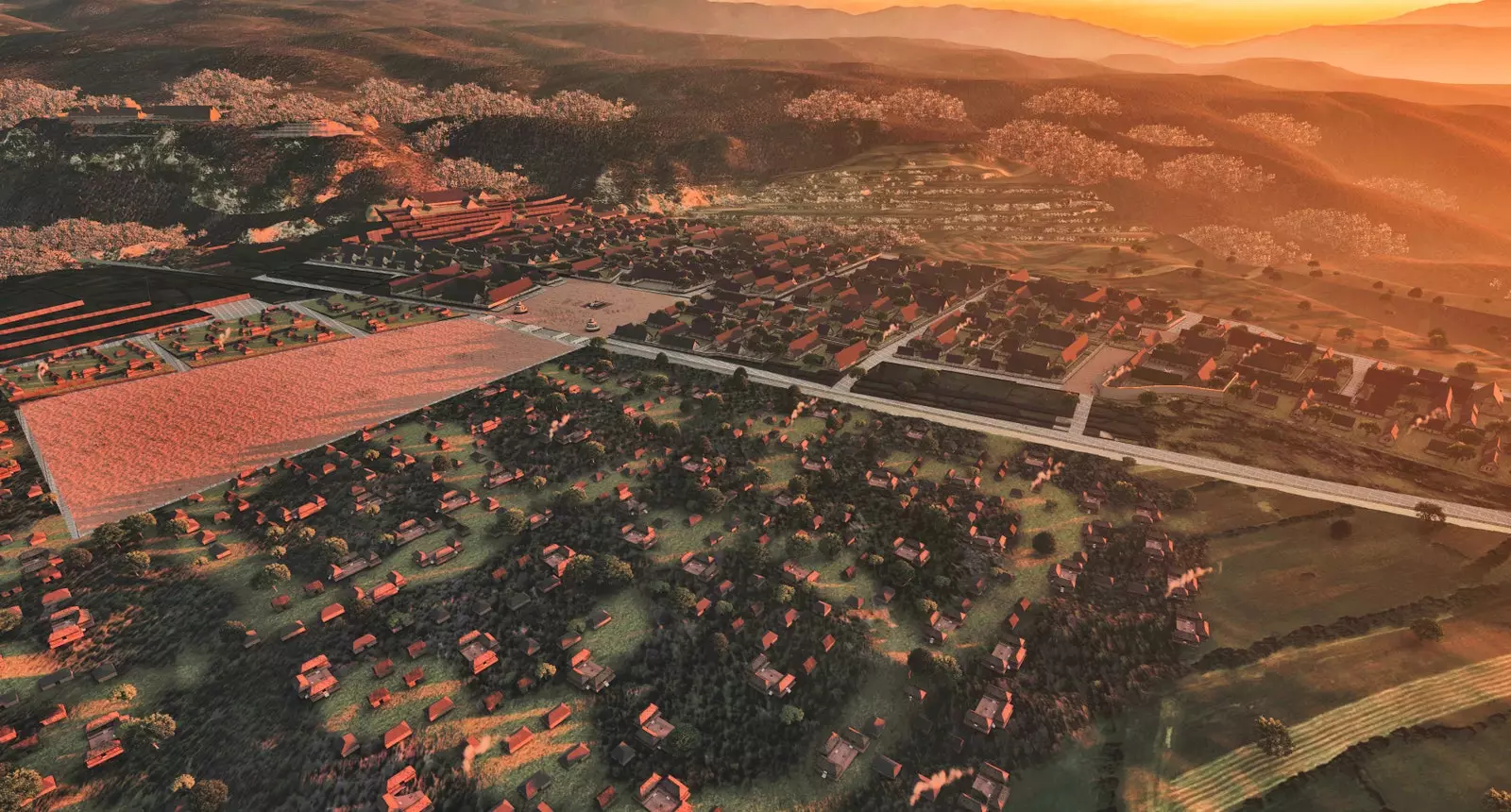
Virtual reconstruction of Cuzco Inca.
MACHU PICCHU, CUSCO AND SACSAYHUAMAN
This project, made expressly for a documentary production company, required extensive research –from locating available planimetry to reviewing historical documents and recent research– before rebuild some of the most emblematic sites of Peru.
“For this work it was necessary to carry out the model it from the intricate topography of the Cusco region, Therefore, it was of vital importance for the project. georeferencing of each of the models to reproduce the various astrological events so characteristic of these mythical settlements and present a unique work to date”, concludes the architect.
